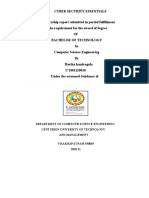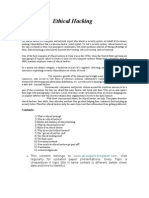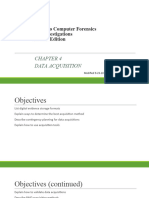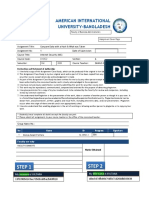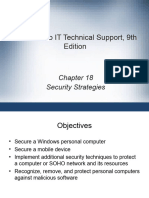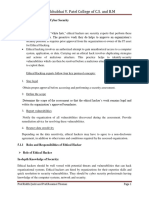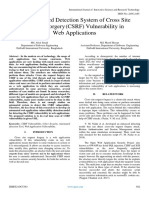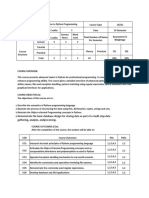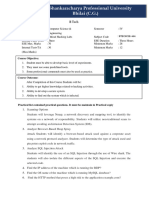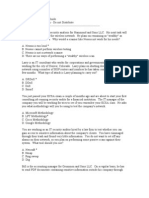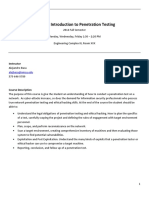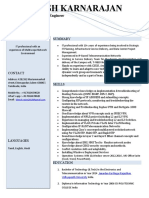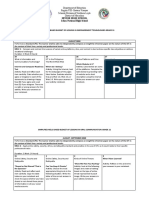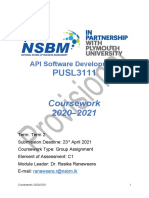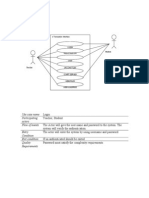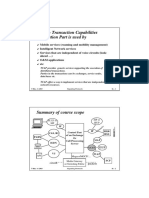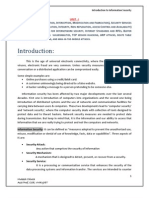0% found this document useful (0 votes)
91 views83 pagesModule8 Systemhacking 091013102853 Phpapp02
The document discusses various techniques for cracking passwords, including offline and online attacks, and tools used for password cracking. Specific topics covered include password sniffing, brute force cracking, dictionary attacks, rainbow tables, password hashes, and tools like RainbowCrack, LCP, and SMBRelay that can be used to perform password cracking. Countermeasures for password cracking like strong passwords, password hashing, and SMB signing are also mentioned.
Uploaded by
teh kotakCopyright
© © All Rights Reserved
We take content rights seriously. If you suspect this is your content, claim it here.
Available Formats
Download as PDF, TXT or read online on Scribd
0% found this document useful (0 votes)
91 views83 pagesModule8 Systemhacking 091013102853 Phpapp02
The document discusses various techniques for cracking passwords, including offline and online attacks, and tools used for password cracking. Specific topics covered include password sniffing, brute force cracking, dictionary attacks, rainbow tables, password hashes, and tools like RainbowCrack, LCP, and SMBRelay that can be used to perform password cracking. Countermeasures for password cracking like strong passwords, password hashing, and SMB signing are also mentioned.
Uploaded by
teh kotakCopyright
© © All Rights Reserved
We take content rights seriously. If you suspect this is your content, claim it here.
Available Formats
Download as PDF, TXT or read online on Scribd
/ 83

